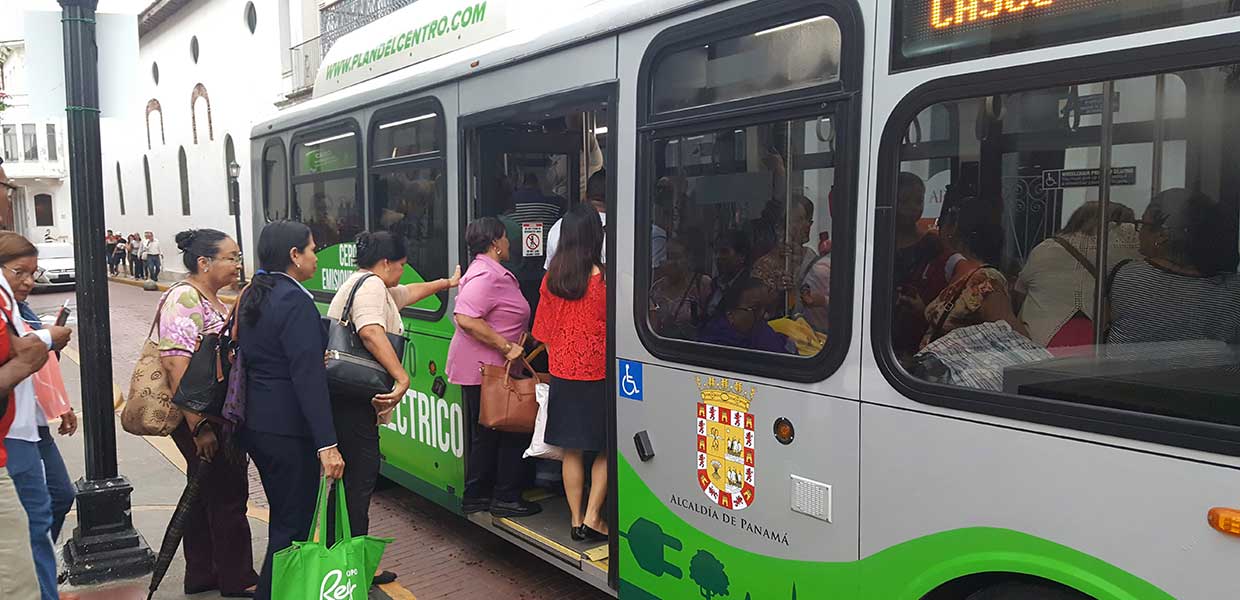Panama City, like many growing cities in the developing world, is facing a severe air quality problem, caused primarily by road emissions of toxic pollutants. Transportation is also the main source of national carbon emissions. As part of a broader plan to mitigate transportation emissions, Panama is considering the integration into the public transportation fleet of clean technologies, including battery electric buses. Aware of the complexity of the technologies and to mitigate the risk of their investments, Panama first needs an evaluation of technology options for their local conditions.
LOGIOS is working with the United Nations Industrial Development Organization (UNIDO) and the Climate Technology Centre and Network (CTCN) to support Panama in its transition to a low/zero-emission public transportation. Using precision equipment, our team collected field
data to understand local operational conditions and construct drive cycles representative of bus routes in Panama City. Integrating this with our calibrated computational models, we produced realistic projections of the expected performance of electric and other bus technologies on local routes. The effect of road slope, regeneration, auxiliary loads (air conditioning), speed, and passenger load on bus consumption, were also obtained along with myriad other results.
Overall, the results demonstrate the importance of conducting this type of analysis, along with an economic-financial analysis (coming up), prior to starting a procurement process. They show, for example, that not every bus is viable or efficient for a given route. Further, they show that a low-risk electric bus investment plan should include not a single bus configuration, but rather a bus configuration portfolio. You may download copies of the two technical reports here.
Main authors: Dr. Pedro Orbaiz and Dr. Gustavo Collantes
